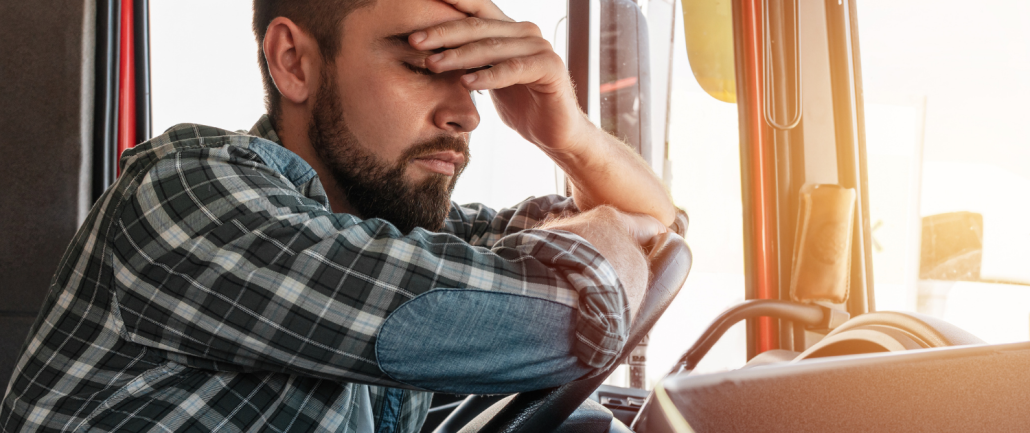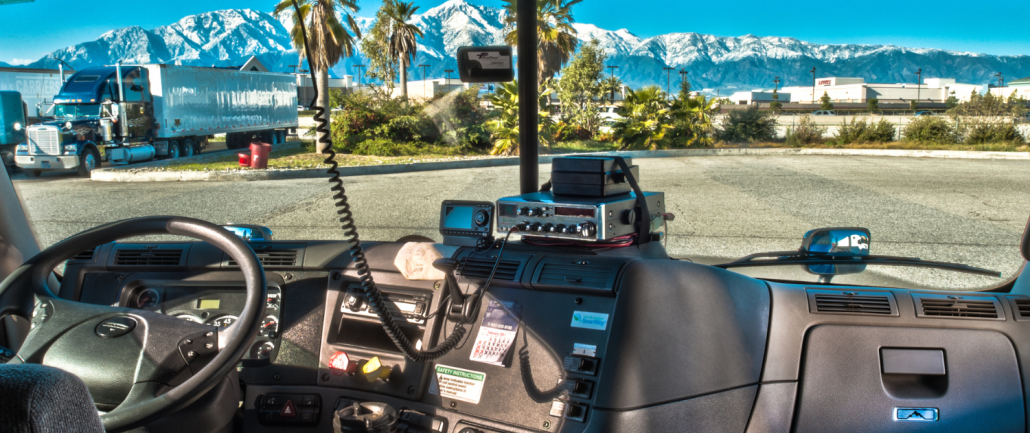 For many truck drivers, life on the road brings a unique mix of freedom, responsibility, and long hours away from home. That lifestyle shapes everything, from health and wellness routines to time with loved ones. It can also have a major impact on how drivers handle their finances.
For many truck drivers, life on the road brings a unique mix of freedom, responsibility, and long hours away from home. That lifestyle shapes everything, from health and wellness routines to time with loved ones. It can also have a major impact on how drivers handle their finances.
Good money management is one of the most valuable long-term tools a driver can develop, because it helps reduce stress, prepares you for the unexpected, and allows you to build toward retirement with confidence.
Whether you are a company driver, lease operator, or owner operator, smart planning can help you stay ahead of expenses and build savings even when your schedule is busy. Keep reading to discover 6 practical ways drivers can budget, save, and prepare for the future while spending most of their days on the move.
Start with a Simple, Road-Friendly Budget
A budget only works if it fits your lifestyle. For CDL drivers, that means choosing a method that is easy to maintain on the go.
Consider some of these helpful approaches when building your budget:
- Use an app that syncs automatically. Tools like Mint, YNAB, or Goodbudget categorize spending and track income for you, which cuts down on the manual work when you are traveling.
- Think in terms of weekly spending rather than monthly. If you get paid weekly, it can help to structure spending around the same rhythm. Weekly-based goals are also often easier to visualize and accomplish.
- Set a daily food and convenience allowance. Overspending at truck stops is one of the most common money drains for drivers. A small daily budget for meals, coffee, and snacks keeps things predictable.
- Separate fixed expenses from road expenses. Rent, utilities, insurance, and truck payments will not change much month to month. Fuel, food, and repairs can vary more, so consider tracking them separately.
Even a basic system can help you see where your money is going and where small adjustments can create room for savings.
Reduce Common On-the-Road Expenses
As mentioned, truck stop convenience items can add up quickly, especially when you are covering long distances everyday. Cutting down these purchases does not require giving up comfort, though. Small strategies can make a big difference.
- Pack groceries and cook on the go when possible. A cooler, slow cooker, or portable lunchbox stove can save a driver a significant amount each week.
- Buy bulk snacks instead of single-serve items. Nuts, fruit, granola bars, jerky, and oatmeal are far cheaper when bought ahead of time.
- Use reward programs. Most major truck stop chains offer points for fuel purchases, showers, and food. Over time, these rewards can pay for meals or supplies.
- Plan fuel stops before leaving home. Apps like Trucker Path and GasBuddy help drivers find the best prices instead of settling for the nearest stop on a long route.
These small habits free up money that can go toward emergency savings or retirement.
Build an Emergency Fund That Fits Your Trucking Life
Unexpected expenses happen, and trucking includes more variables than most career fields. A blown tire, a delayed load, or a week of bad weather may reduce income for a short time. Drivers who have a financial cushion are far better protected.
A good rule of thumb is to save enough to cover at least one month of basic expenses, then keep working toward a higher goal, such as three months. This may feel like a big goal, but building it slowly is perfectly normal. Setting up automatic transfers from each paycheck into a separate savings account is the easiest way to stay consistent and build up your savings over time.
Plan for Taxes If You Are an Owner-Operator
Drivers who run their own business need additional structure to keep tax season smooth. The key is to track income and expenses throughout the year.
Some good habits for owner-operators can include:
- Always keeping digital copies of fuel receipts, maintenance invoices, tolls, and meal deductions.
- Setting aside a percentage of each paycheck for quarterly payments.
- Using accounting software like Intuit QuickBooks Self-Employed that organizes deductions.
Think Long-Term with Retirement Savings
Even if retirement feels far away, it is important to start planning early. The trucking lifestyle makes it especially helpful to choose retirement tools that work even if your schedule changes or you switch companies.
These are a few common options for drivers:
- Employer-sponsored plans. Many carriers offer 401(k) plans with matching contributions. If your employer matches even a small percentage, taking advantage of it is essentially earning free money.
- Traditional or Roth IRA. These are great choices for drivers who prefer to manage their own retirement or who do not have access to a company plan.
- SEP IRA for owner operators. This option allows self-employed drivers to contribute a higher percentage of income.
The most important habit is consistency. Even small monthly contributions grow significantly over time thanks to compound interest.
Use Technology to Stay Organized
Digital tools can help you stay ahead of finances and reduce stress by keeping information in one place so it can be accessed any time, anywhere. Consider these options:
- Budgeting and banking apps with automatic alerts.
- Electronic logs of maintenance expenses.
- Cloud storage for tax records and warranty information.
- A password manager for financial accounts.
Wondering about other ways to stay ahead of the curve in the transportation industry in 2025? Be sure to check out more posts on our blog and connect with us on social media!

 The holiday season brings many traditions each year, from family gatherings to festive meals and crowded retail stores. Behind all of this activity is the dedicated workforce of truck drivers who make the busiest time of year possible.
The holiday season brings many traditions each year, from family gatherings to festive meals and crowded retail stores. Behind all of this activity is the dedicated workforce of truck drivers who make the busiest time of year possible.  Searching for a new trucking job can feel like a full-time job itself. Between countless listings, company websites, and recruiters, it’s easy to feel overwhelmed or unsure where to begin.
Searching for a new trucking job can feel like a full-time job itself. Between countless listings, company websites, and recruiters, it’s easy to feel overwhelmed or unsure where to begin. Starting your career as a truck driver can be exciting and rewarding, but like any new profession, it comes with a learning curve.
Starting your career as a truck driver can be exciting and rewarding, but like any new profession, it comes with a learning curve.  When you spend most of your time behind the wheel, a good app can make the difference between a smooth trip and a stressful one.
When you spend most of your time behind the wheel, a good app can make the difference between a smooth trip and a stressful one.  For professional drivers, a truck cab is far more than just a workspace. It can be a living area, sleeping quarters, and storage room all at once.
For professional drivers, a truck cab is far more than just a workspace. It can be a living area, sleeping quarters, and storage room all at once. 

 Life on the road is demanding, and truck stops play a big role in making long hauls more comfortable.
Life on the road is demanding, and truck stops play a big role in making long hauls more comfortable.  Every September, National Truck Driver Appreciation Week gives us an opportunity to recognize the backbone of our economy: the truck drivers who log the long hours, navigate tough conditions, and deliver the goods that keep our lives moving.
Every September, National Truck Driver Appreciation Week gives us an opportunity to recognize the backbone of our economy: the truck drivers who log the long hours, navigate tough conditions, and deliver the goods that keep our lives moving.
